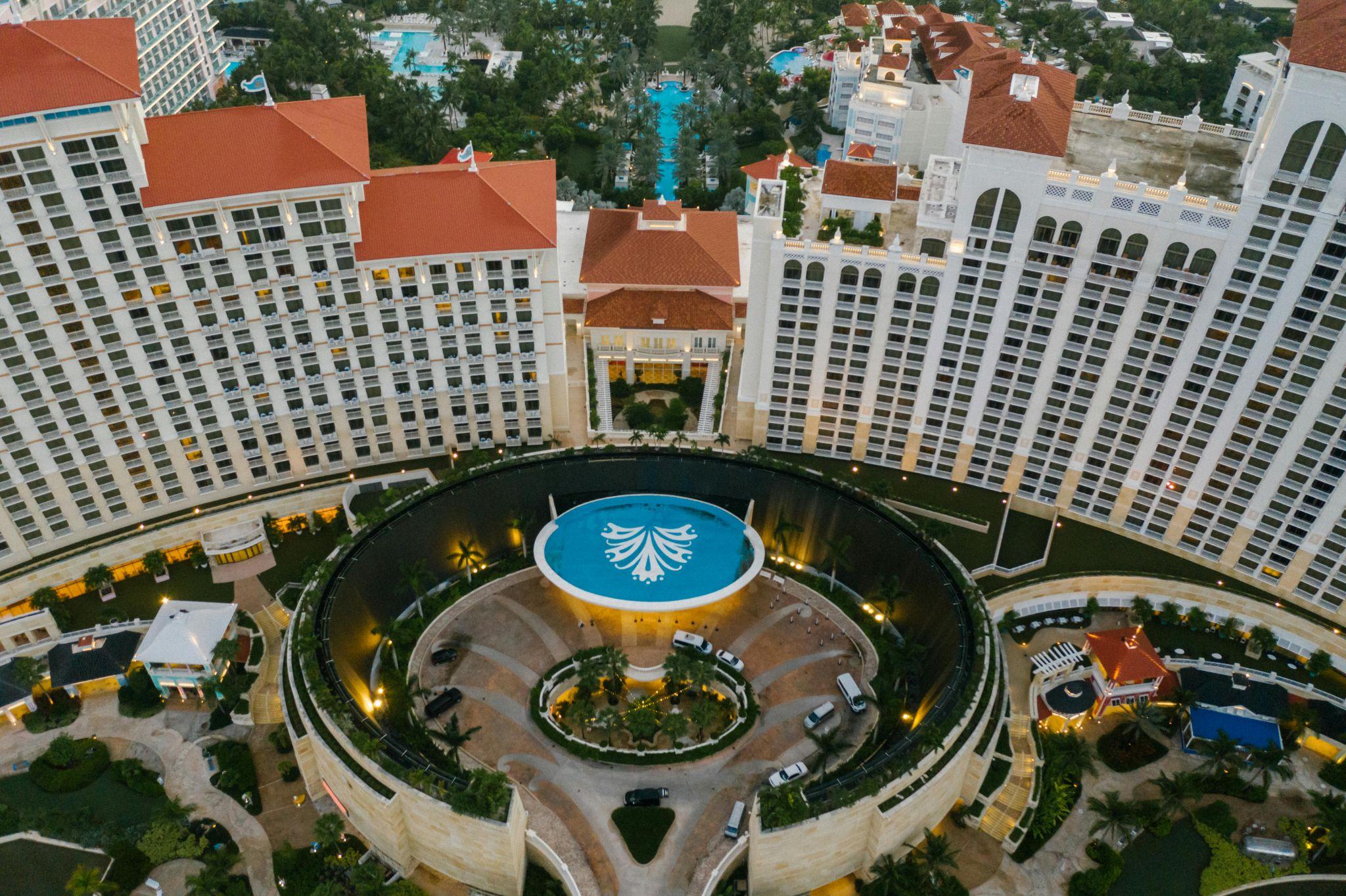When you walk into a casino, the dazzling lights, the rhythmic sounds of slot machines, and the overall ambiance create a unique atmosphere that pulls you in.
But have you ever wondered how these spaces are designed to be so alluring and engaging? Let’s take a behind-the-scenes look at the creative process of casino design and discover what makes these entertainment hubs so irresistible.
Understanding the Psychology of Casino Design
The Role of Color and Lighting
Colors and lighting play a pivotal role in setting the mood within a casino. Designers use vibrant, warm colors like red, gold, and yellow to evoke excitement and energy. These colors can stimulate the senses and make players feel more enthusiastic about gambling.
Conversely, softer hues are often used in areas meant for relaxation, such as lounges and restaurants. The lighting is meticulously planned to enhance the gaming experience, often focusing on creating an inviting and stimulating environment.
Bright, dynamic lights draw attention to gaming areas, while dimmer, more subdued lighting can be found in rest areas, balancing excitement with comfort.
Layout and Navigation
Casinos are designed to keep you inside as long as possible. The layout is often complex and maze-like, making it easy to lose track of time and place. There are no clocks or windows, so you remain unaware of the passing hours.
Designers strategically place the most popular games, such as slot machines and blackjack tables, in locations where they will attract the most attention.
Additionally, the paths are designed to lead you past as many gaming opportunities as possible, increasing the chances that you’ll stop and play. This is not by accident; it’s a deliberate strategy known as “gaming flow,” ensuring continuous engagement.
The Role of Technology in Modern Casino Design
Advanced Slot Machines and Gaming Tables
Technology has revolutionized casino design in recent years. Modern slot machines are equipped with high-definition screens, intricate graphics, and engaging sound effects, all designed to provide an immersive gaming experience.
These machines are often connected to a central system that tracks player preferences and behaviors, allowing for personalized gaming experiences. Similarly, gaming tables now feature automated card shufflers, electronic betting interfaces, and even virtual reality elements, enhancing the traditional gaming experience.
Casinos also use technology to offer enticing promotions and bonuses. One such example is the katsubet no deposit bonus, which allows players to start playing without making an initial deposit. This type of bonus is particularly appealing to new players, as it gives them a risk-free opportunity to experience the games and potentially win real money.
By incorporating these bonuses, casinos can attract a wider audience and encourage more people to try their luck.
Smart Design and Data Analytics
Behind the scenes, casinos use data analytics to inform their design choices. By analyzing player behavior and preferences, designers can optimize the layout, game placement, and promotional strategies. This data-driven approach ensures that every aspect of the casino is tailored to maximize player satisfaction and revenue.
Smart design also includes considerations for safety and security, incorporating surveillance technology and strategic lighting to create a safe yet thrilling environment.
Thematic Elements and Atmosphere
Storytelling Through Design
Every successful casino has a theme that tells a story. Whether it’s the opulence of ancient Rome, the glamour of Hollywood, or the mystique of the Orient, these themes transport guests to another world. Themed casinos use architecture, décor, and even staff uniforms to create an immersive experience.
For example, the Venetian in Las Vegas recreates the romantic ambiance of Venice, complete with canals, gondolas, and Renaissance architecture. This level of detail in storytelling is crucial for setting the mood and enhancing the overall experience.
Soundscapes and Music
Sound is another critical element in casino design. The background music in casinos is typically upbeat and lively to keep energy levels high. Soundscapes, including the clinking of coins, the whirl of slot machines, and the buzz of conversation, are engineered to create an atmosphere of excitement and potential.
These sounds can trigger emotional responses and are often used to encourage more gaming. The auditory experience is carefully curated to keep players engaged and entertained.

The Influence of Hospitality and Customer Service
Creating a Welcoming Environment
The overall success of a casino is not just about the games; it’s also about hospitality. The design of a casino includes comfortable seating, accessible amenities, and friendly staff to make guests feel welcome.
Customer service areas, such as information desks and concierge services, are strategically placed to assist guests and enhance their experience. The goal is to create a seamless and enjoyable experience from the moment a guest steps through the door.
VIP Areas and Exclusive Experiences
For high rollers, casinos offer exclusive VIP areas with additional perks and privacy. These areas are designed to provide a luxurious experience, often featuring private gaming rooms, personalized service, and high-end amenities.
The design of these spaces focuses on opulence and comfort, ensuring that VIP guests feel valued and pampered. This exclusivity not only enhances the guest experience but also encourages higher spending.
Sustainable and Eco-Friendly Casino Design
Green Building Practices
As the world becomes more environmentally conscious, casinos are also incorporating sustainable design practices. This includes using energy-efficient lighting and HVAC systems, sourcing sustainable materials, and implementing waste reduction programs.
Green building certifications, such as LEED (Leadership in Energy and Environmental Design), are becoming more common in the casino industry. These practices not only reduce environmental impact but also appeal to eco-conscious guests.
Sustainable Operations
Sustainability in casino design also extends to operations. This includes water-saving fixtures, recycling programs, and efforts to reduce food waste in casino restaurants. By promoting sustainable practices, casinos can reduce their carbon footprint and operate more efficiently. Guests appreciate these efforts, and it adds to the overall positive experience of visiting a casino.
Conclusion
The creative process of casino design is a fascinating blend of psychology, technology, hospitality, and sustainability. From the vibrant colors and strategic layouts to the immersive themes and cutting-edge technology, every detail is carefully planned to create an engaging and enjoyable experience.
Next time you step into a casino, take a moment to appreciate the thought and creativity that goes into making these entertainment hubs so captivating. Whether you’re there to try your luck at the games or simply enjoy the atmosphere, you’ll know there’s a lot more behind the scenes than meets the eye.

